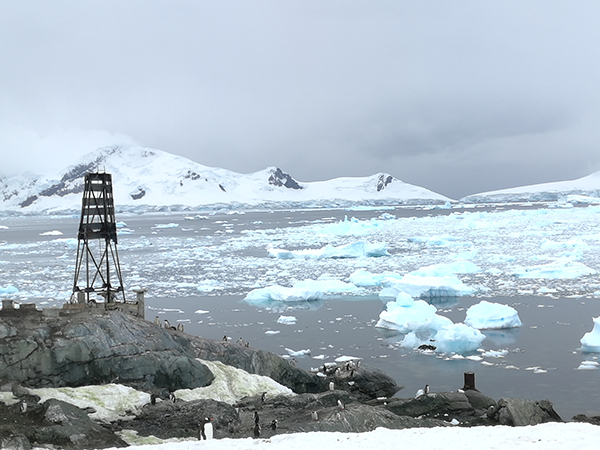Chinese Academy of Sciences
As the strongest signal of interannual climate variability, El Niño exerts significant impacts on climate in the Antarctic, especially in the West Antarctic.
However, a recent study indicated that the effect of El Niño-Southern Oscillation (ENSO, refers to the broader climate pattern comprising the phases of El Niño and La Niña) on precipitation in West Antarctica is not significant, which is inconsistent with its significant impact on the West Antarctic climate through modulation of the Amundsen Sea low pressure system via Rossby wave trains (atmospheric or oceanic waves that form as a result of Earth's rotation).
The study, published in Atmospheric and Oceanic Science Letters on June 5, was conducted by Prof. LI Shuanglin from the Institute of Atmospheric Physics of the Chinese Academy of Sciences, and CHEN Xueyang and Dr. ZHANG Chao from the China University of Geosciences, Wuhan, China.
It clears up the impacts of different types of El Niño events on precipitation over West Antarctica and the Antarctic Peninsula, and explains the uncertain connection between the two.

Photo taken during Antarctica Scientific Expedition at Almirante Brown Antarctic Base in 2019 (Image by LI Shuanglin)
"Previous studies show that precipitation over West Antarctica, especially the Antarctic Peninsula, is less correlated with El Niño. One possible reason is that these studies did not classify El Niño into its two known sub-types: Eastern Pacific (EP) and Central Pacific (CP) El Niño," said Prof. LI.
EP and CP events have similar impacts on precipitation over the Amundsen-Bellingshausen seas, but opposite impacts on that over the Weddell Sea, including the eastern Antarctic Peninsula, thereby cancelling each other out in terms of the precipitation response they induce. This of course then accounts for the uncertainty in ENSO's influences on precipitation over the Antarctic Peninsula.
EP events force two branches of Rossby wave trains that propagate southeastward and converge in West Antarctica, which causes an anomalous anticyclone and cyclone over the Ross-Amundsen-Bellingshausen seas and Weddell Sea, respectively. Consequently, anomalous southerly winds occur over the Bellingshausen-Weddell seas, acting to decrease the amount of precipitation there.
"In comparison, only one weak and westward-shifted Rossby wave train is stimulated under a CP event, which induces an anomalous anticyclone and cyclone in the Ross-Amundsen seas and Bellingshausen-Weddell seas. Anomalous southerly winds reduce the precipitation over the Amundsen-Bellingshausen seas, while anomalous northerly winds increase the precipitation over the Weddell Sea," said CHEN Xueyang, first author of the study.
/Public Release. This material from the originating organization/author(s) might be of the point-in-time nature, and edited for clarity, style and length. Mirage.News does not take institutional positions or sides, and all views, positions, and conclusions expressed herein are solely those of the author(s).View in full here.






